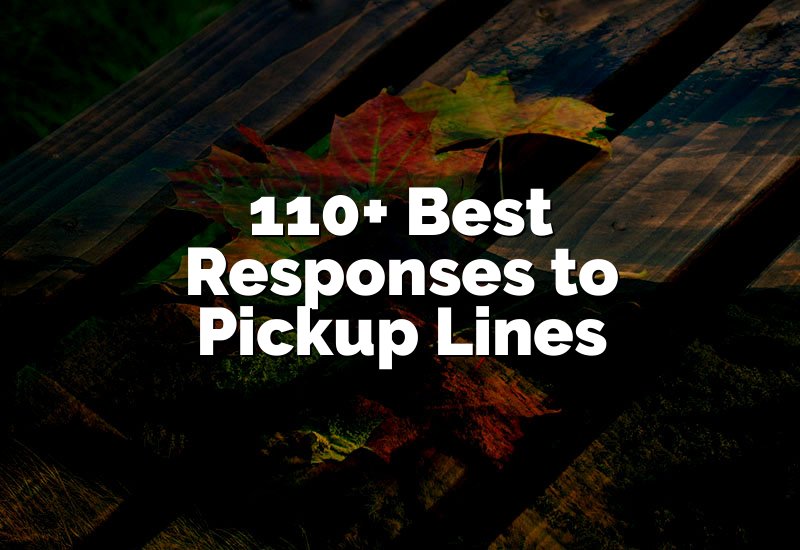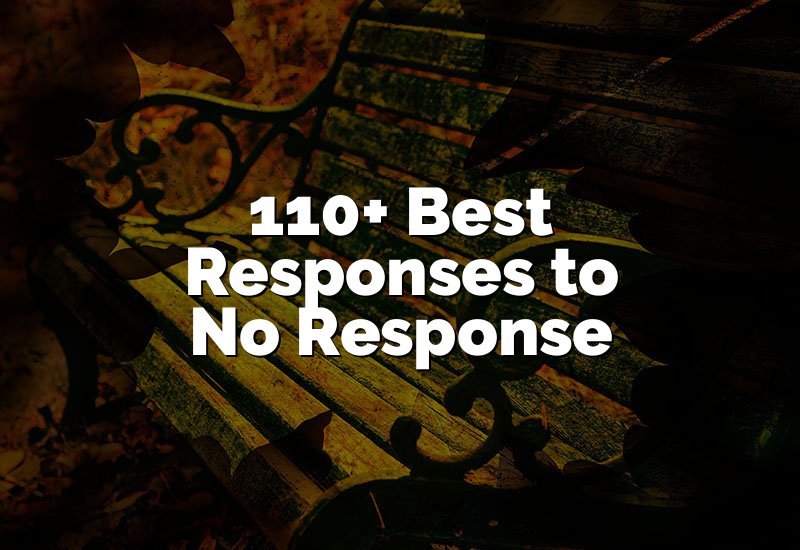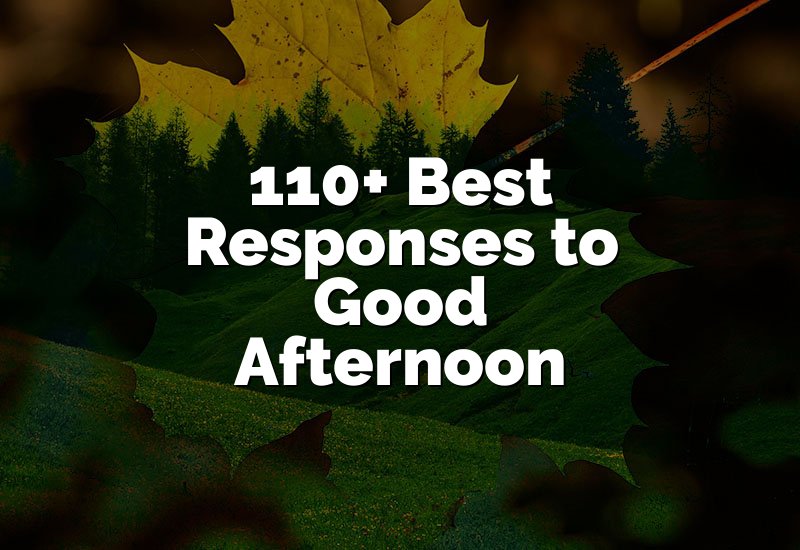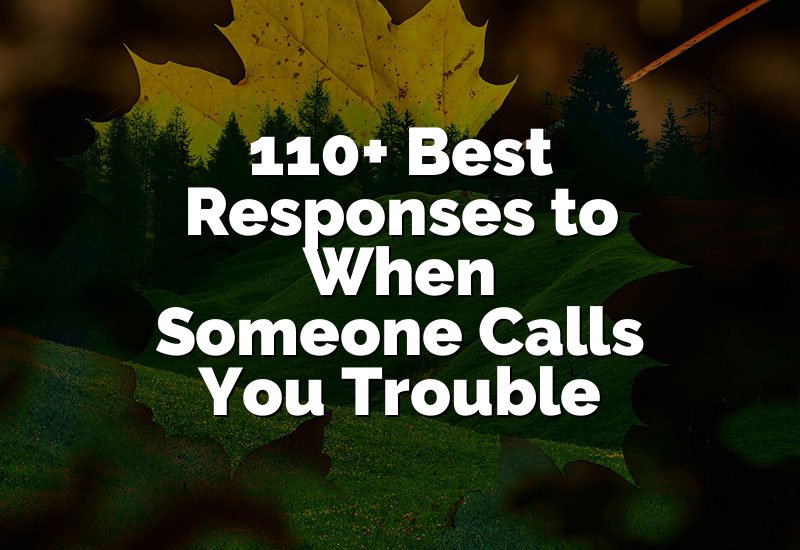Starting a conversation with someone can feel tricky, especially when they ask how are you. You might get confused about what to say, and sometimes you just say fine without thinking. There are many ways to respond confidently. In this article, we will explore different ways to answer how are you with examples and tips to make your conversations better.
Simple and Friendly Responses
Responding in a simple and friendly way is always a safe choice. You do not need to use big or complicated words. The key is to sound natural and kind. Simple answers are perfect for friends, family, or colleagues. You can also add a little detail about your day to make your answer more interesting. These responses show that you are polite and happy to talk.
- I am good, thank you. How about you
- I am fine, and you
- I am doing well, thanks for asking
- Everything is good here, what about you
- I am okay, how are you today
- Feeling great, thanks
- I am doing fine, hope you are too
- I am happy today, and you
- All is well, how are things with you
- I am doing good, what about yourself
Positive and Energetic Responses
Sometimes you want to show energy and positivity when someone asks how are you. Positive answers can make the other person feel happy and excited to talk with you. Use words that show you feel good and are ready for a fun conversation. Adding a small detail about something good in your day can also make your response more real.
- I am feeling amazing today
- I am full of energy, how about you
- I am great, thanks for asking
- I am fantastic, hope your day is good
- I am super happy today
- Feeling wonderful, how are you
- I am excited about today, and you
- I am in a great mood
- I am feeling awesome, what about you
- I am very good, hope you are too
Also Read: 28 Clever Responses to What’s Good
Honest and Realistic Responses
Sometimes it is better to be honest about your feelings instead of saying everything is perfect. Real answers can help you connect with people better because they know your true feelings. Being honest does not mean you need to share everything, just a small and simple truth. This shows you are confident and not afraid to share real feelings.
- I am a bit tired today, how about you
- I am okay, not the best day
- I am feeling a little sad today
- I am fine, just a busy day
- I am a little stressed, how about you
- I am doing okay, what about you
- I am not feeling great today
- I am a bit worried, and you
- I am alright, just a normal day
- I am feeling fine, thanks for asking
Funny and Lighthearted Responses
Adding humor to your answer can make the conversation more fun. Funny responses are perfect with friends or people you know well. They show your personality and can make people smile or laugh. Keep it light and simple so it feels easy and natural. Humor helps break awkward moments and makes talking more enjoyable.
- I am surviving, how about you
- I am still breathing, what about you
- I am fabulous as always
- I am good, just avoiding responsibilities
- I am okay, trying not to be lazy
- I am great, powered by coffee
- I am fine, just adulting today
- I am fantastic, doing nothing much
- I am good, living the dream
- I am fine, avoiding drama
Short and Casual Responses
Sometimes people just want a short and casual answer. Short responses are simple, easy, and perfect for quick conversations. They show you are polite but do not need to talk too much. You can use these answers in text messages, emails, or when you are busy. They are friendly but not too long.
- Good, and you
- Fine, thanks
- Great, how about you
- Doing well, you
- Okay, what about you
- All good, thanks
- Nice, and you
- Pretty good, you
- Fine, hope you are too
- Good, how is your day
Detailed and Thoughtful Responses
Sometimes you want to show more care and interest in the conversation. Detailed answers are perfect to start a meaningful chat. You can explain a little about your feelings, day, or plans. This makes your response more personal and warm. People usually like detailed answers because they show you are friendly and open.
- I am doing well, had a nice morning walk
- I am feeling good, just finished reading a book
- I am great, enjoyed my breakfast today
- I am fine, planning to meet friends later
- I am happy, spent time with family
- I am doing well, had a productive day
- I am good, just finished some work
- I am feeling relaxed, watching my favorite show
- I am fine, enjoying some quiet time
- I am great, had a lovely morning coffee
Positive but Honest Responses
It is possible to be positive and honest at the same time. These responses show your real feelings but in a positive way. They are good for friends, family, or coworkers. You do not need to hide your feelings, but also you do not have to sound too negative. They are easy, simple, and natural.
- I am okay, but trying to stay positive
- I am a little tired, but feeling good
- I am doing fine, and trying to enjoy the day
- I am feeling a bit stressed, but managing well
- I am good, taking things step by step
- I am fine, focusing on the good things
- I am a bit busy, but feeling happy
- I am okay, looking forward to something nice
- I am feeling alright, hoping for a better day
- I am fine, staying positive and calm
Responses for Work or Professional Situations
In work or professional settings, it is better to use polite and simple responses. You want to sound confident but not too casual. Keep your answers clear and professional, and show respect. You can also add a little detail about your work or tasks. These answers are helpful for emails, meetings, or office chats.
- I am doing well, thanks for asking
- I am fine, working on some tasks
- I am good, how about yourself
- I am doing great, focusing on work
- I am fine, having a productive day
- I am good, hope you are too
- I am doing well, thanks for checking
- I am fine, just finishing some work
- I am good, preparing for a meeting
- I am doing well, how is your day
Responses When You Are Not Feeling Well
Sometimes you are not feeling well, and it is okay to tell. Honest responses are good for friends or family. You do not have to share everything, just a small simple truth. It is okay to admit you are not perfect or happy every day. This shows you are real and open.
- I am not feeling my best today
- I am a bit sick, thanks for asking
- I am feeling tired and need rest
- I am not very well today
- I am a little under the weather
- I am feeling low, hope it gets better
- I am not 100 today, how about you
- I am okay, just not feeling great
- I am a bit down, thanks for asking
- I am feeling tired, need some sleep
Responses That Start a Conversation
Some responses can lead to more chat and connection. These are great if you want to keep talking with someone. You can add a question or a small detail to invite the other person to share. These responses make the conversation friendly and engaging.
- I am good, how is your day going
- I am fine, what have you been up to
- I am doing well, anything new with you
- I am great, did you do something fun today
- I am fine, how has your day been
- I am good, what are you up to
- I am doing well, any plans for today
- I am fine, how is your work going
- I am great, have you done anything exciting
- I am okay, want to share something fun
Full Table of Responses
| Type of Response | Description | Example Sentences |
|---|---|---|
| Simple and Friendly | Polite and easy answers | I am good, thank you. How about you |
| Positive and Energetic | Show happiness and energy | I am feeling amazing today |
| Honest and Realistic | Share real feelings | I am a bit tired today, how about you |
| Funny and Lighthearted | Add humor | I am surviving, how about you |
| Short and Casual | Quick and simple | Good, and you |
| Detailed and Thoughtful | Add details to start chat | I am doing well, had a nice morning walk |
| Positive but Honest | Real feelings in positive way | I am okay, but trying to stay positive |
| Professional | Polite for work | I am doing well, thanks for asking |
| Not Feeling Well | Honest about not feeling great | I am not feeling my best today |
| Start a Conversation | Invite chat and engagement | I am good, how is your day going |

Frequently Asked Questions (FAQs)
Is it okay to say fine all the time
Saying fine all the time is okay but it can sound boring or not interested. People may think you do not want to talk or share. It is better to sometimes give a little detail or change your words. For example, you can say I am good, had a nice day, or I am okay, just a little busy. Changing your answers makes conversations more interesting and shows you care about the chat.
Can I respond with humor every time
Using humor every time is fun but not always perfect. Some people might not understand jokes, or it can seem rude in professional situations. It is good to use humor with friends or people who know you well. In work or serious conversations, use simple and polite responses. Humor should be natural and light, not forced, to make people enjoy talking to you.
Do I need to explain how I feel
You do not always need to explain your feelings. Sometimes a short answer is enough. But adding a little detail can help make the conversation warmer. For example, saying I am good, had a nice walk, or I am okay, busy with work, shows you are friendly and open. It depends on your mood and the person you talk with.
Is it polite to ask how they are back
Yes, it is polite to ask back how the other person is. This shows you care and are interested in them. Simple questions like how about you or what about you are perfect. It makes conversations balanced and friendly. People usually feel happy when you ask them how they are.
Can I mix short and detailed responses
You can mix short and detailed responses depending on the situation. Short responses are great for quick chats, and detailed ones are perfect for longer conversations. Mixing both makes you sound natural and not too formal or boring. It also shows you know when to keep it simple and when to add details.
Do I need to be positive all the time
You do not need to be positive all the time. It is okay to be honest and show real feelings. Sometimes you feel tired, sad, or stressed, and that is normal. Sharing real feelings can make people understand and connect with you better. Just try to stay polite and kind even if you are not feeling your best.
Is it okay to use text responses
Yes, using text responses is okay. You can use short, casual, or fun answers depending on the chat. Text messages do not need to be long, but you can add a small detail to make them friendly. Text responses are quick, easy, and a good way to show you care about the conversation.
Can I use these responses in work emails
You can use some responses in work emails. Keep them polite, simple, and professional. For example, I am doing well, thanks for asking or I am fine, hope you are too are perfect for work. Avoid humor or casual slang in emails unless you know the person well. Professional responses help you stay confident and respectful.
Final Thoughts
Responding to how are you does not need to be hard. You can use simple, funny, positive, or honest answers depending on your mood and the person you talk to. Using different responses makes conversations natural and friendly. Practice these ways and you will feel more confident in talking with anyone. A good answer can make people feel happy and connected.









